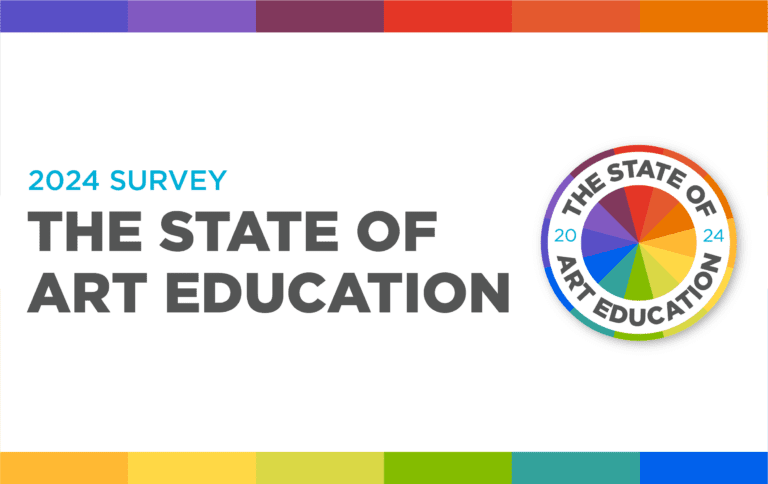Failure is an option. Yes, that’s right! Artists know an “oops” is a new opportunity for something even better. It refines the artwork and stretches creativity and problem-solving skills. At the end of the day, artists love to learn, embrace a growth mindset, and are incredibly resilient, even when no one is watching. Being resilient means having the capacity to recover from difficulties and spring back into shape. Resiliency is a valuable character trait that positively impacts all other areas of life and for that, we are so grateful!
Explore six powerful ways the visual arts promote resiliency beyond the studio walls.
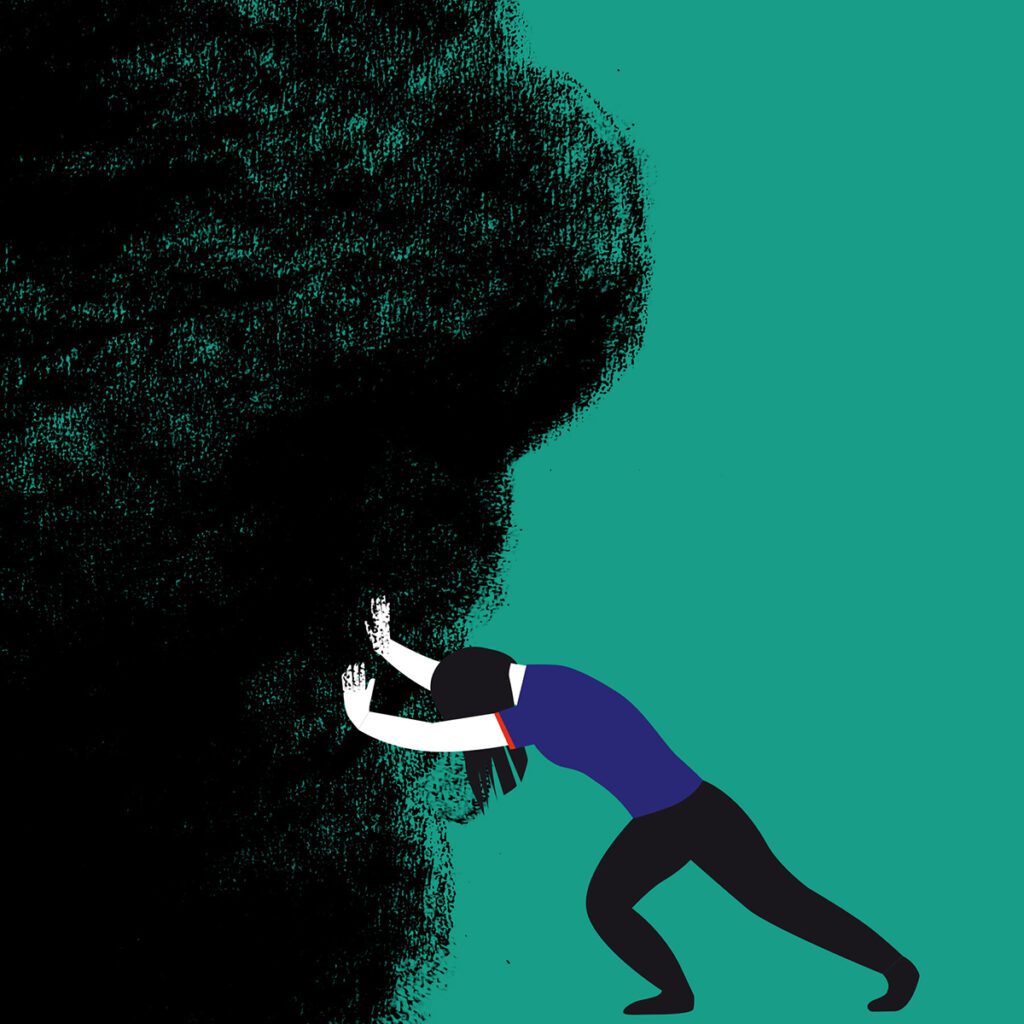
1. Adaptation
Openness to change and flexibility are essential to being resilient. Yale University shares, “Change is a natural part of life; therefore, adaptability is a crucial skill. When we accept that nothing stays the same forever, it gives us room to look for new opportunities to grow personally and professionally.” Embracing change is an important mindset in life and artmaking. We know all too well artwork rarely goes as planned. Artists must adapt to figure out new ways to do things or shift their vision.
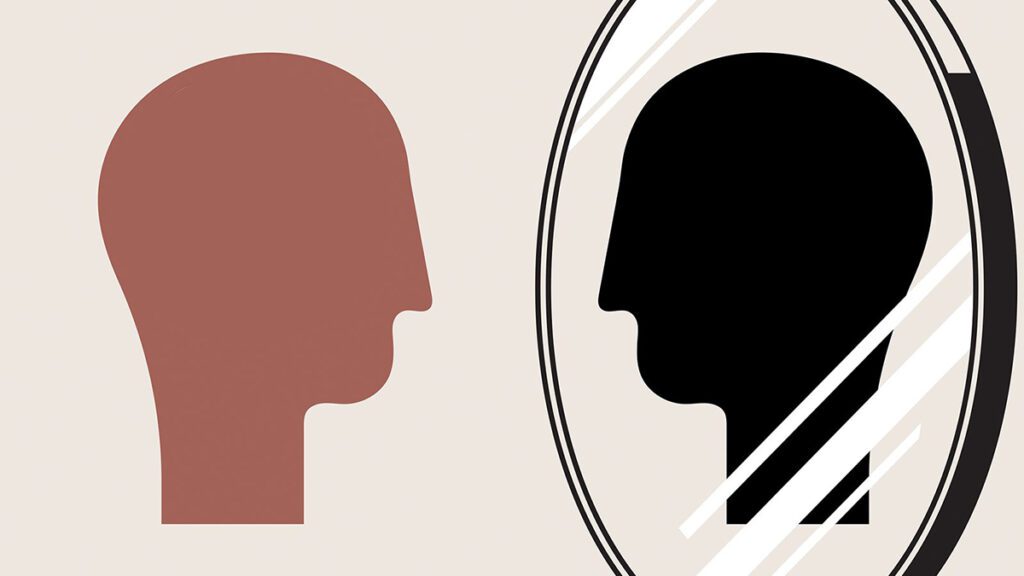
2. Perseverance
Persistence and perseverance don’t happen instantaneously—you have to work for it! Persevering teaches students not to give up when things get tough. It’s a mindset that needs strengthening. For example, drawing is challenging. Graphite forces students to rework, edit, erase, and constantly try again. Ink pushes students to embrace each mark and navigate how to work in each line. Plus, art teachers are experts when it comes to facing challenges and persevering so continue to model this valuable trait for your students!
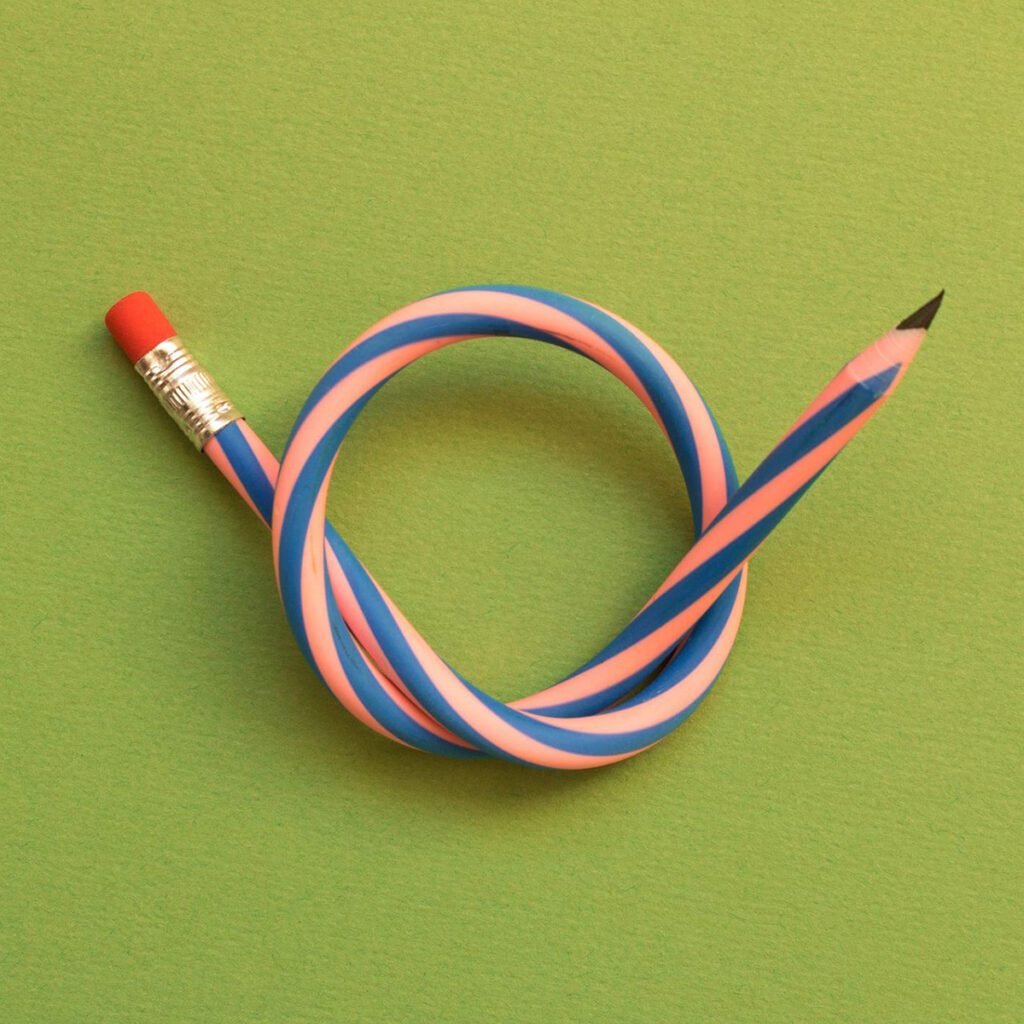
3. Visual Brainstorming
Brainstorming is an excellent way to process and organize thoughts. Seeing multiple options, avenues, and routes and then comparing and contrasting them is essential to real-life decision-making. The visual arts help students take the ideas in their brain to paper, which actually encourages more ideation! This finesses critical thinking skills. If you’re looking for resources to help you or your students digitally brainstorm, read this article.

4. Group Work
Chances are visual art students will work in a group at least once this year. Group art projects are a different beast with their own challenges and benefits. Students learn how to collaborate, delegate, communicate, and critique. Working in a group helps students navigate tension, different mindsets, and conflict management. Group work sets students up for success later in life with future co-workers, friends, and family.

5. Imagination
Art class challenges students’ imaginations! Students literally think outside of the box to creatively solve problems. Instead of going to the internet and copying the first thing they research, art class pushes them to stretch their imagination and not settle. According to Harvard Business Review, “Imagination—the capacity to create, evolve and exploit mental models of things or situations that don’t yet exist—is the crucial factor in seizing and creating new opportunities, and finding new paths to growth.”
Provide a prompt to the class and ask them to come up with 10 sketches. A great topic is to dig into avant-garde artwork to create wearable art and book cover designs. Many students will immediately have the first three or four ideas. Often, the more sketches they have to make, the harder it may be to come up with new ideas. However, when students push through, they will get deeper and more interesting results. Use the sketches to kickstart a project in the Investigating Avant-Garde Design Collection in FLEX Curriculum.
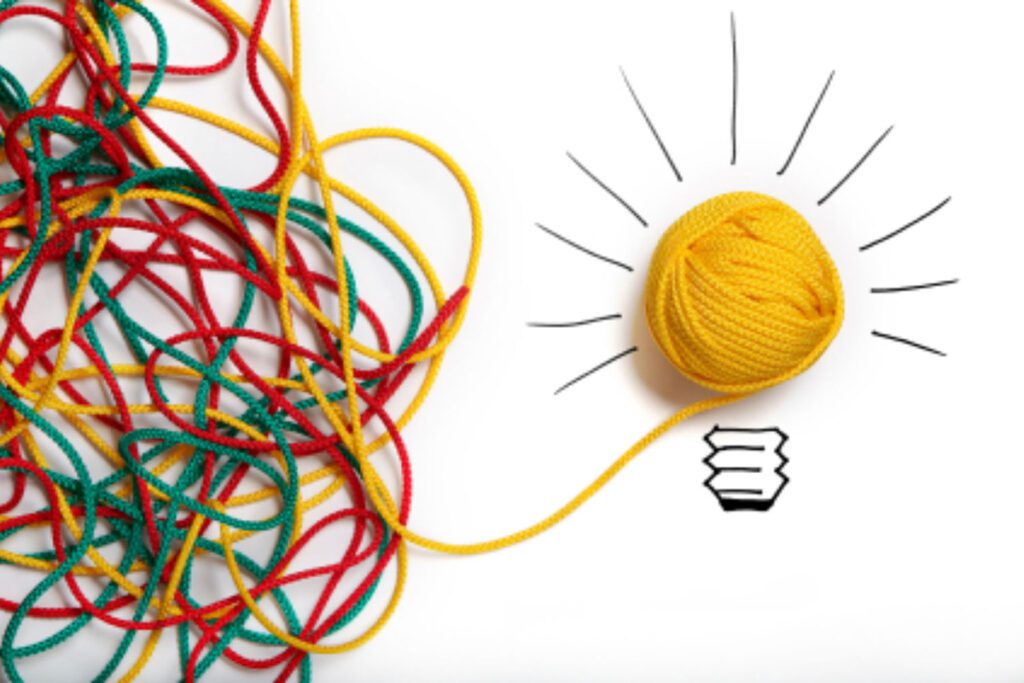
6. Self-Awareness
Many resilient people are aware of their behaviors and feelings. Art class teaches students to be aware and mindful and sometimes create art that centers on emotion. During the critique of these projects, students can become vulnerable and often open up to their classmates. Self-awareness allows us to better understand ourselves, our thoughts, and our actions. It’s also one of the five components of social-emotional learning. Download the prompts in this article to foster self-awareness through drawing.
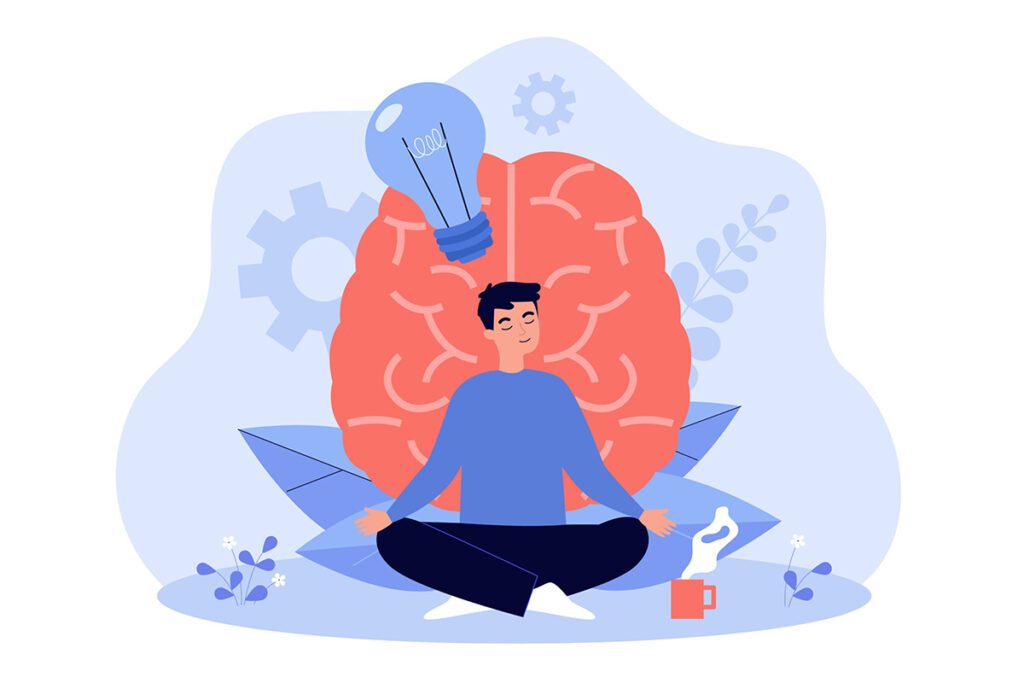
Students learn resilience through shortcomings and artists know this all too well. The qualities of a visual art student include adaptation, perseverance, ideation, collaboration, imagination, and self-awareness. Most of these are mental mindsets that are refined with time. Art students have the opportunity to become experts at navigating tension in group work and organizing abstract thoughts and concepts. We are thankful art classes teach life-long resiliency for students to be successful in the real world. Put stubbornness aside, welcome change, and get uncomfortable with altering mindsets all while having fun and making art. Go forth, fail, learn, and create!
How are you challenging resilient artists in your studio?
What is the toughest part about coaching students to become resilient?
Magazine articles and podcasts are opinions of professional education contributors and do not necessarily represent the position of the Art of Education University (AOEU) or its academic offerings. Contributors use terms in the way they are most often talked about in the scope of their educational experiences.





